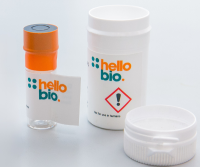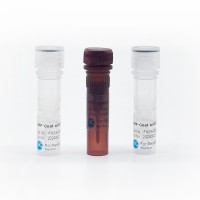Capillary Electrophoresis Chips for Fingerprinting Endotoxin Chemotypes from Whole-Cell Lysates
互联网
570
Endotoxins (lipopolysaccharides, LPSs) are components of the envelope of Gram-negative bacteria. These molecules, responsible for both advantageous and harmful biological activities of these microorganisms, are highly immunogenic and directly involved in numerous bacterial diseases in humans such as Gram-negative sepsis. The characterization of endotoxins is of importance, since their physiological and pathophysiological effects depend on their chemical structure. The differences among LPSs from different bacterial serotypes and their mutants include variations mainly within the composition and length of their O-specific polysaccharide chains.
Proper assignation of the S or R chemotypes of endotoxins is possible by analyzing their electrophoretic profiles. The recent microchip electrophoretic methods provide fast characterizations and differentiations of endotoxins. The methods are applicable for determination directly from whole-cell lysates after destruction of the proteinaceous components by proteinase K digestion and precipitation of the LPS components. The partially purified LPS components are visualized either by interaction with dodecyl sulfate and a fluorescent dye, or by a covalently bound fluorescent dye. These chip electrophoretic methods have advantages of high speed and quantification and replace the sodium dodecyl sulfate-polyacrylamide gel electrophoresis with silver staining.









